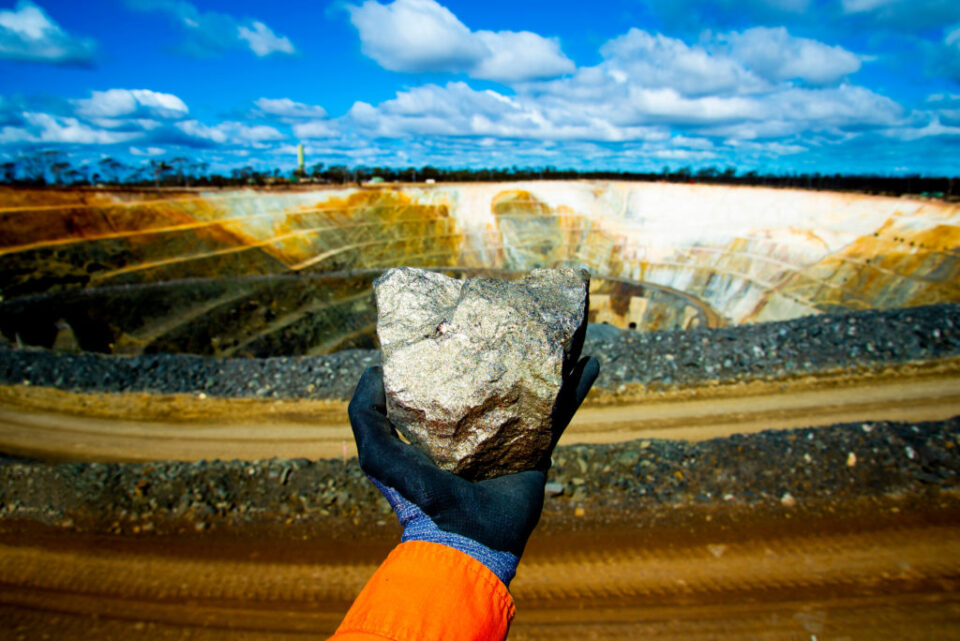Nickel ore exports from the Philippines to Indonesia are projected to rise significantly this year, as Chinese-owned refineries in Indonesia seek alternative supply in response to tighter domestic mining restrictions imposed by Jakarta.
According to Tulsi Das Reyes, president of DMCI Holdings Inc.’s mining unit, shipments could increase to between 5 million and 10 million tons in 2024, a sharp jump from just 1 million tons in 2023.
While China remains the Philippines’ primary buyer, accounting for the bulk of the country’s 30+ million tons of annual nickel ore output, recent export trends indicate a growing flow to neighboring Indonesia — a country that has moved aggressively to limit raw mineral extraction in favor of downstream development.
“If I were Indonesia, I’d maximize what I have internally,” Reyes said in an interview.
“I don’t think they would want more Philippine imports coming in.”
He added that Chinese smelter owners operating in Indonesia are likely to increasingly rely on partner mines within the country, potentially stabilizing — or even reducing — future import volumes from the Philippines.
DMCI Eyes Processing Ambitions
Although a recent legislative push to ban raw ore exports in the Philippines was scrapped due to industry pushback, some miners are still pursuing long-term downstream investment strategies.
DMCI has teamed up with Nickel Asia Corp. to assess the viability of a $1.5 billion high-pressure acid leaching (HPAL) plant. Discussions are underway with foreign companies for technical expertise and potential capital investment, Reyes confirmed.
However, a final decision will hinge on the availability of adequate reserves.
“To justify such a facility, we would need access to at least 300 million tons of nickel ore of a specific grade over 30 years,” Reyes said.
Currently, DMCI operates two nickel mines and is exploring new sites to meet that requirement.
Outlook and Risks
Following a return to profitability in the first quarter of 2024, DMCI Mining expects to ship between 2.5 million and 3 million tons of nickel ore in 2025. While China remains the key market, geopolitical dynamics — particularly related to U.S.-China trade tensions — could pose future risks.
“All of our business growth depends on what happens in China,” Reyes cautioned, referencing the lingering impact of former U.S. President Donald Trump’s reciprocal tariff policies.


